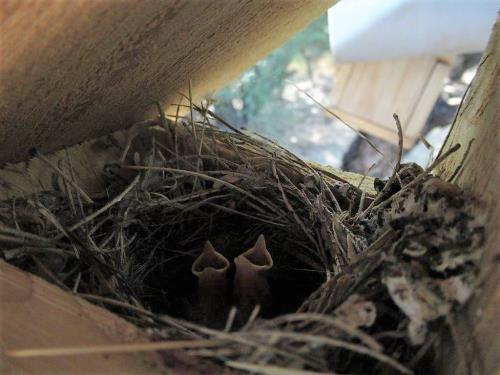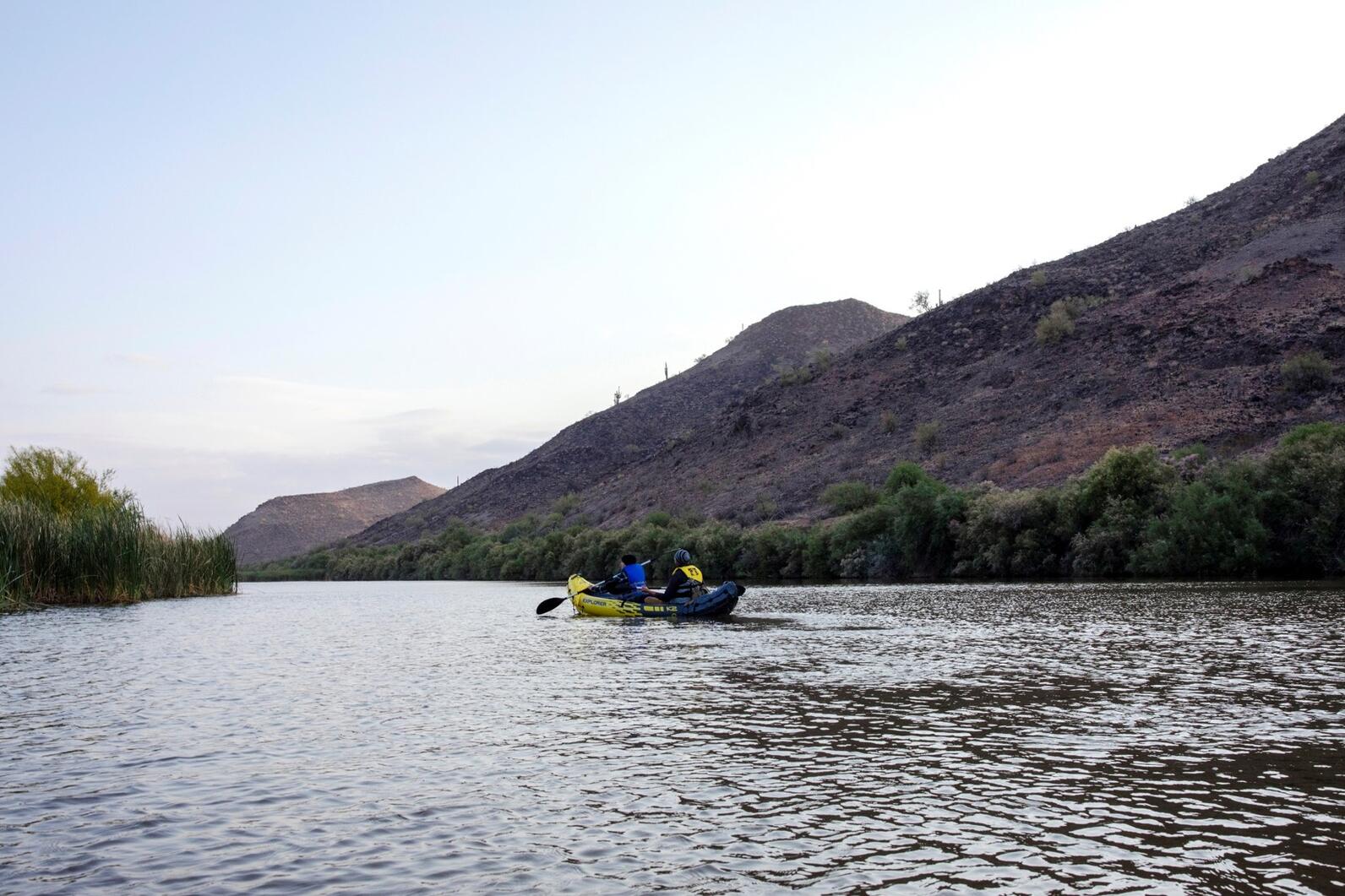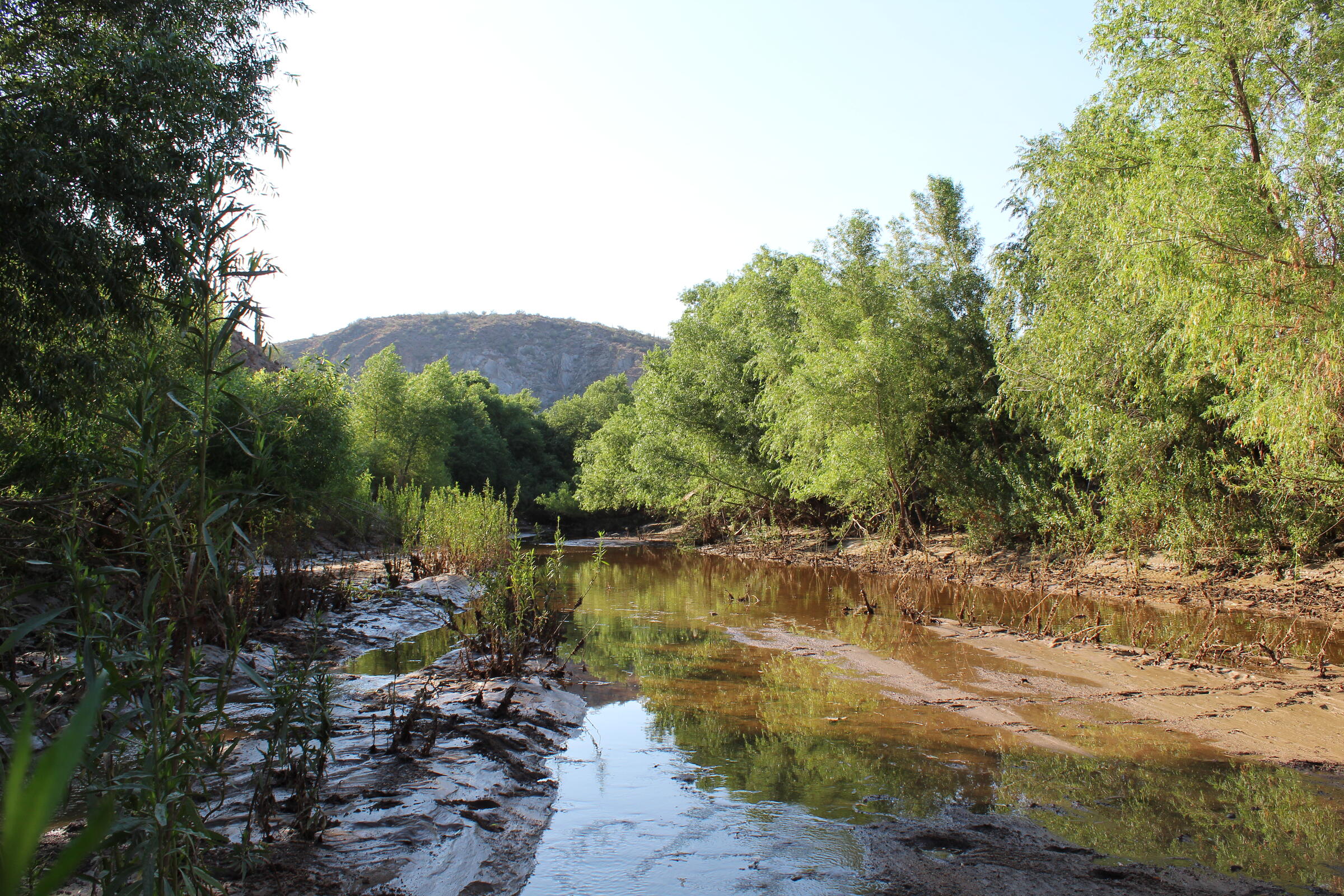Arizona's Important Bird Areas program is a significant undertaking in partnership with eight Audubon chapters and a diversity of land owners and management agencies. The objective of the program is to keep these crucial habitats healthy and resilient for bird populations by compiling data on each site, which informs and guides land use and conservation strategies.
Over the last 13 years, Arizona's Important Bird Areas (IBAs) have climbed from 23 to 48 different sites. Two of those areas are listed as Continental IBAs, and 17 of them have Global designation, which indicates they are high-priority sites for birds who are threatened on a large scale.
Once a site is designated as an IBA, the conservation work doesn't stop there. Arizona's IBAs have been active and alive with on-the-ground conservation, community science initiatives, and a plethora of accomplishments.
Here are some of the highlights from the last year:
Volunteer Engagement
IBA stewardship and data collection would not be possible without volunteers engaged through our chapters and partners.
- Over the past year, 186 volunteers gave 3,931 hours of their time conducting bird suveys and compiling information. Their donated time and mileage were worth hundreds of thousands of dollars.

Conservation Outreach
- The Bringing Birds Home Guide to Grassland Habitat and Riparian Habitat Booklets were finalized, produced, and distributed through Audubon Arizona, the AZ Game and Fish Department, and Tucson Audubon Society. Land owners, many of whom have property on IBA sites, can use the guides to ensure their land functions as beneficial habitat for birds. Printing was made possible through the Salt River Project and Sonoran Joint Venture.
- 41 "conservation mini-plans" are in their final form and are being reviewed. These site-specific plans will better lead local stewardship and land use decisions on each IBA.
- Audubon recently became engaged with the Lower Gila River Collaborative. Our involvement with them, the Lower San Pedro Watershed Collaborative, and the Upper San Pedro Partnership all foster relationships with local communities in three Global IBAs hosting significant riparian and marsh habitat values.
- Audubon Arizona participated in the U.S. Forest Service's meetings to engage the public in the Tonto National Forest Plan Revision. The process to update the management plan from its 1987 version received input from the individuals and stakeholders over where to emphasize management of the forest. It was crucial for Audubon to be involved, as 3 IBAs reside in the Tonto National Forest.
- Multiple IBAs now have nestboxes installed for priority species such as the Lucy's Warbler and Eastern "Azure" Bluebird, with some nests already active.

Bird Surveys
The Arizona IBA Program organized and coordinated many bird survey efforts in different parts of the state focusing on different species and habitats:
- Two rounds of winter grassland bird surveys in the Las Ciengas National Conservation Area IBA and the San Rafael Grasslands IBA focusing on the Chestnut-collared Longspur
- Summer grassland bird surveys at the Appleton-Whittell Research Ranch IBA
- Bendire’s Thrasher surveys in Avra Valley, City of Tucson property, in partnership with the AZ Game and Fish Department
- Gilded Flicker surveys at both Tucson Mountains IBA and Tucson Sky Islands IBA
- Two nocturnal point count surveys for Elf Owls of Saguaro National Park, in the Rincon Mountain District and Tucson Mountain District, with over 30 volunteers for each survey
- Our highest count ever of 164 Elegant Trogons were documented by over 80 volunteers during the surveys in five IBAs in the Sky Islands of southeastern Arizona
- Yellow-billed Cuckoo Surveys focusing on the Agua Fria National Monument Riparian Corridors IBA, Lower San Pedro River IBA, Boyce Thompson Arboretum and Arnett-Queen Creeks IBA, Upper Verde River IBA, and four IBAs in the Sky Island Mountains done by both Audubon Arizona and Tucson Audubon Society utilizing our robust and skilled volunteer base
- Marsh bird surveys on the Lower Salt and Gila Rivers Ecosystem IBA, conducted by Audubon's Mackenzie Fellows
From the surveys come two other major highlights:
- The Arizona IBA Program also filmed a how-to video for IBA standard survey protocol and is sharing it on the website, which will help to lead future efforts across the state.
- The first ever Western Rivers Bird Count launched in May to encourage volunteer birders to visit riparian locations with no eBird records. The results will help improve a western riparian bird predictive model developed by National Audubon Society.
Read the report detailing all the year's accomplishments here.
The Arizona Important Bird Areas Program would not be able to have this much success without our volunteers, chapters, and partners. We are incredibly grateful to lead this program with Tucson Audubon Society and the Arizona Bird Conservation Initative of the Arizona Game and Fish Department.





